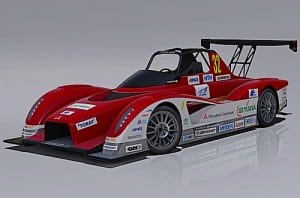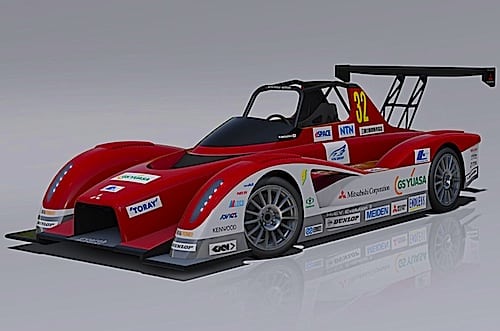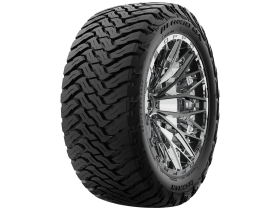
Electric race cars are slowly taking over conventional gasoline racers at Pikes Peak. Find out why and what to look forward to this year.
Gasoline allowed cars to run longer distances and at faster speeds than steam could. If the electric motor came first, the gasoline engine took over but is now being challenged once again by electricity. Contrary to popular belief, hill climbs are perfect for an electric motor race. When it comes to Pikes Peak, gasoline engines have to deal with atmospheric pressures and lose up to a third of their power at the top of the mountain. Electric motors, on the other hand do not.
Pikes Peak Gets Taken Over by Electric Racers. Only a few illumined automobile seers would have predicted electric race cars would take on conventional gasoline racers a decade ago. With its 12.42 mile course that spans 156 turns, an altitude climb to over 14,000 feet, its 16 hairpin turns, and an average 7% grade up the mountain, the FIA fully sanctioned Pikes Peaks is THE international hill climb race. These days, we are witnessing more electric cars challenging conventional gasoline racers. Pikes Peak will host no less than seven electric race cars this year.
Mitsubishi, Toyota and The Monster. When it comes to electric car racers at Pikes Peak, Mitsubishi, Toyota and a few brave prototypes have grabbed their fair share of attention these past few years. Mitsubishi impressed quite a few last year with a highly modified racer based on the i MiEV platform. Last year’s i MiEV Evolution sported three electric motors to help it up the mountain climb. This year, it comes back having learned from its past race by adding another electric motor, giving four altogether for the Evolution II.
Two Evolution II. If one Evolution II is good, two is better. Mitsubishi is bringing two Evolution IIs determined to win this year’s race. With a lowered center of gravity and a redesigned body, the Evolution II is more aerodynamic. The power went from 280 kilowatts (375 horsepower) to 400 kW (536 hp), giving the Evolution II a good chance at snapping this year’s win. Both cars received an active yaw control, stability control and a completely redesigned anti-lock braking systems, which should help harness this power straight out of corners up the mountain.
Toyota will defend its title this year with its TMG EV P002. The TMG EV P002 driven by Rod Millen, former Pikes Peak record holder, has a few improvements up its sleeve. The TMG EV P002 is so far considered to be the fastest electric vehicle (EV) up the mountain with its 400 kW of power and 1200Nm of torque. Developed by TOYOTA Motorsport GmbH (TMG), higher speed and more torque were on the drawing board of the engineers. You will have to keep your eyes out on larger than life Nobuhiro “Monster” Tajima and his electric car.
Technically Speaking. Since a hill climb is more about using as much power and torque early out of corners than raw speed, electric car racers have an advantage over conventional gasoline engines. In a hill climb race, speed is not the most important factor. An electric motor delivers 100% of its torque as soon as it spins. The most important factor is torque and using as much as possible as early as you can out of the turns.
Who To Watch Out For. Obviously Mitsubishi will challenge Toyota this year. The other contestant in the unlimited series is contestant is Nobuhiro “Monster” Tajima in his spectacular 900 horsepower EV. He was the first one to break the Unlimited Division sub-ten minute barrier run at 9 minutes, 51 seconds.
I will be interviewing the two-time Dakar Rally overall champion Hiroshi Masuoka for his return to the 2013 Pikes Peak race, as well as six-time Pikes Peak overall motorcycle champion Greg Tracy Saturday morning. In the meantime, Mitsubishi is serious about winning this year’s race and has gone as far as sponsoring the event. This promises to be spectacular and we wish Mitsubishi and its all-electric Evolution II the best race.
[slideshow id=121]







